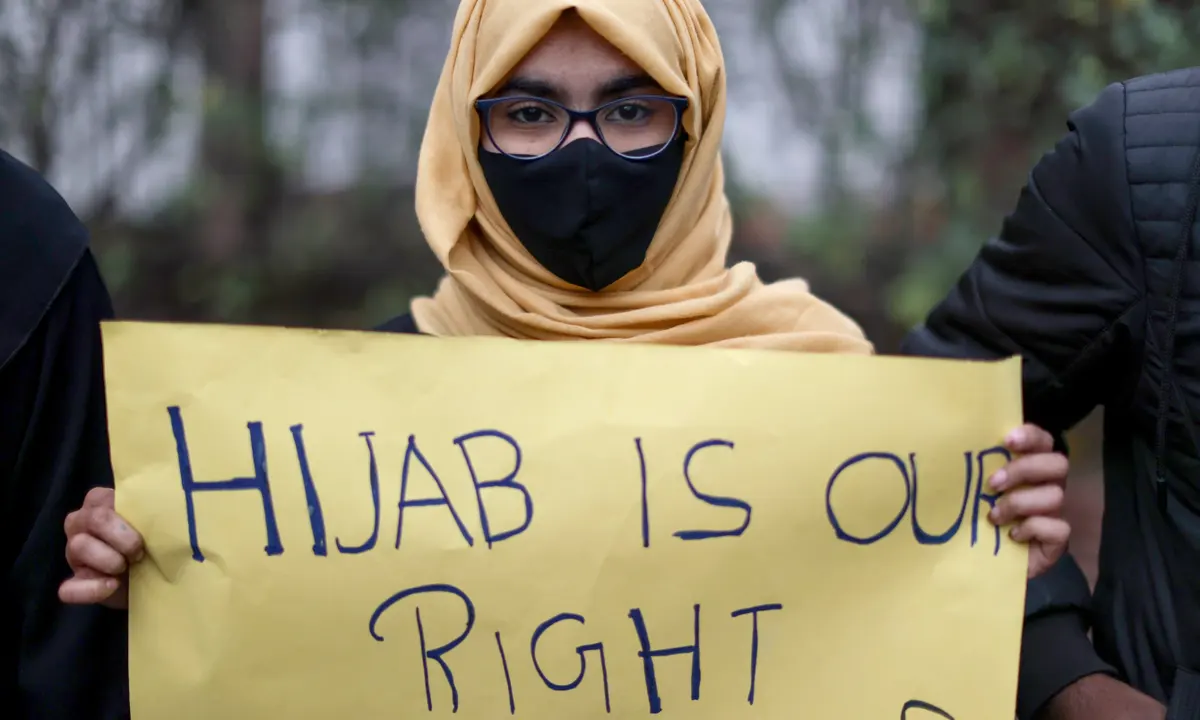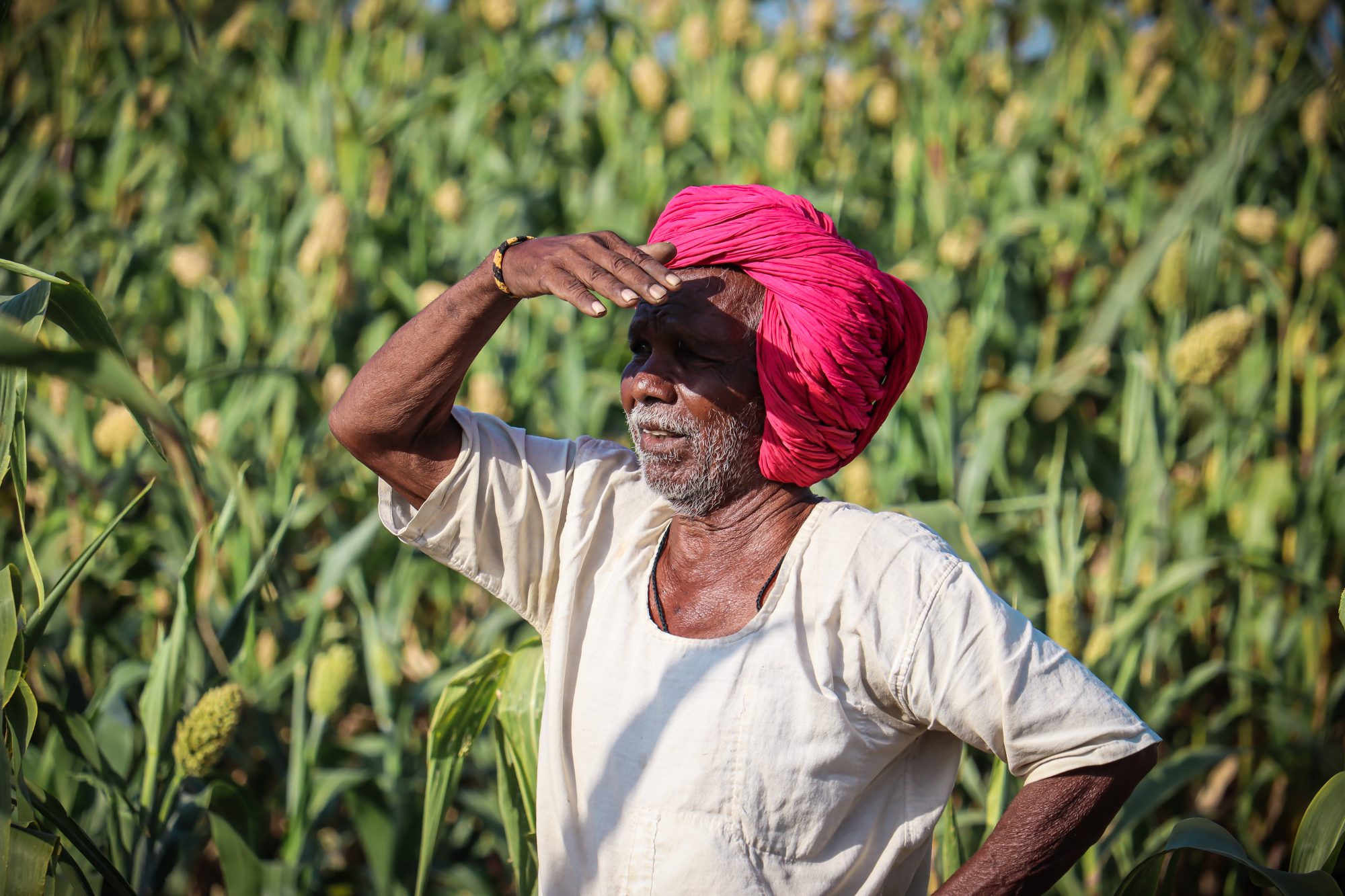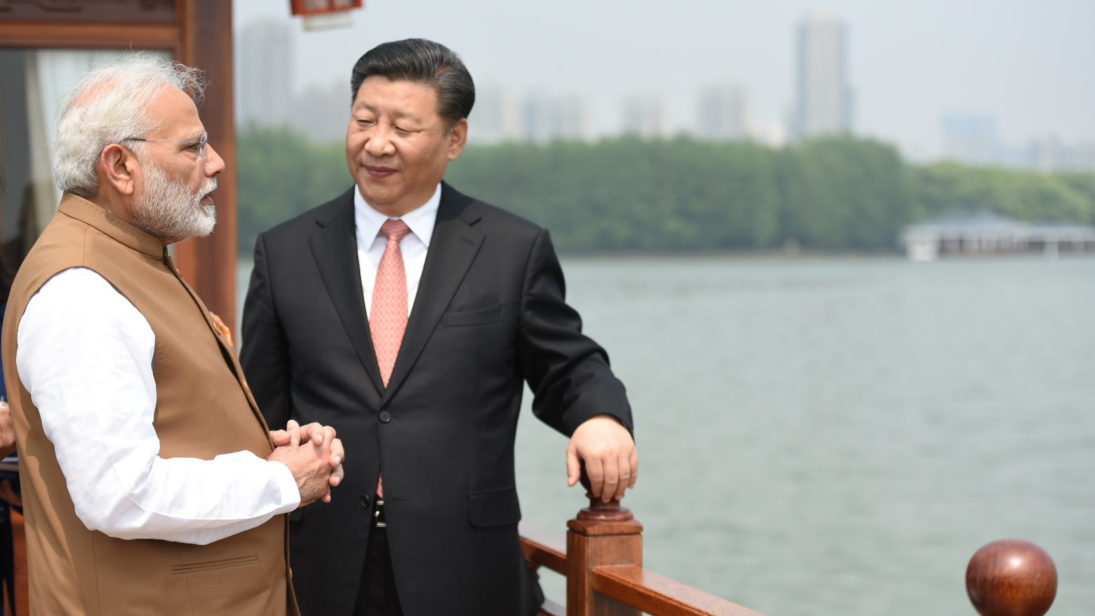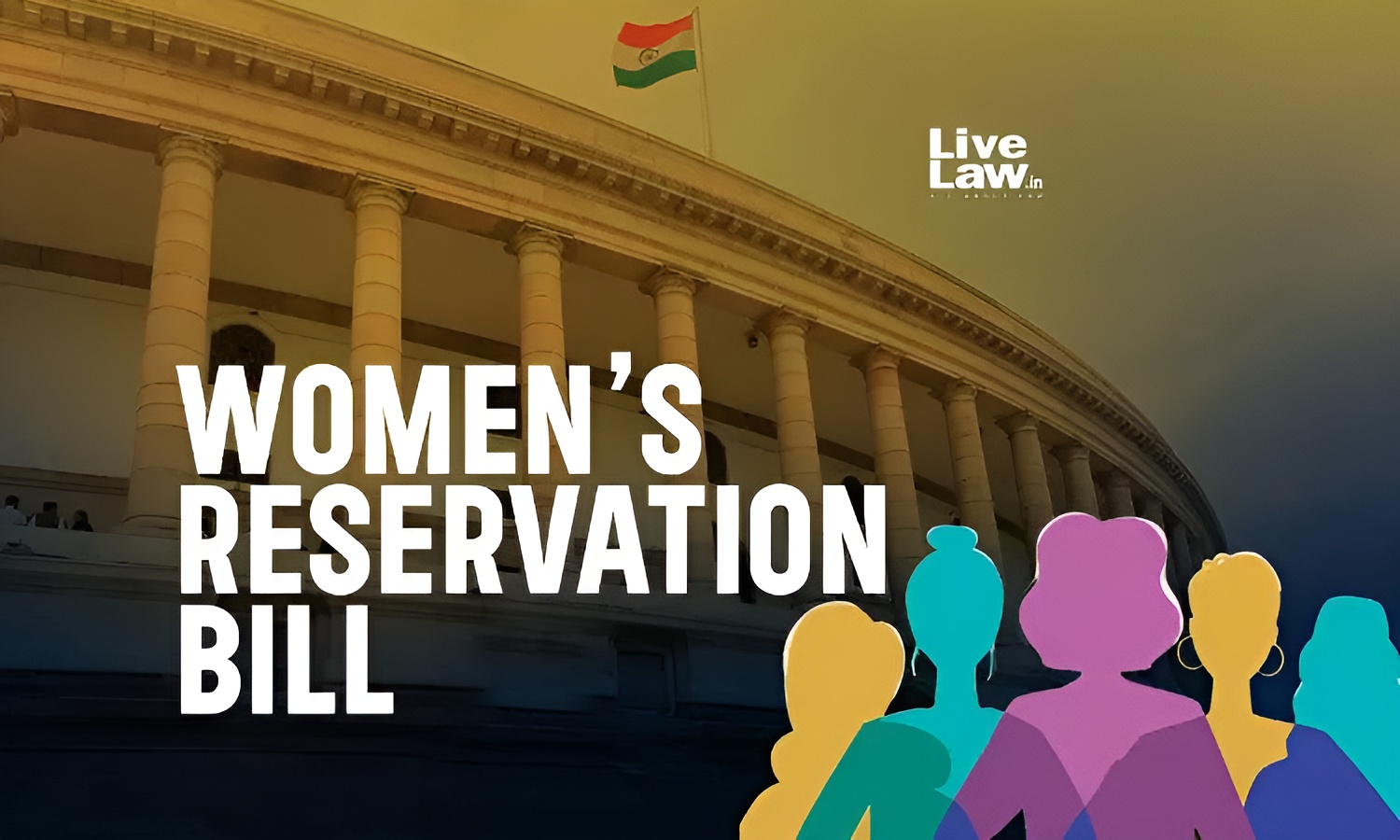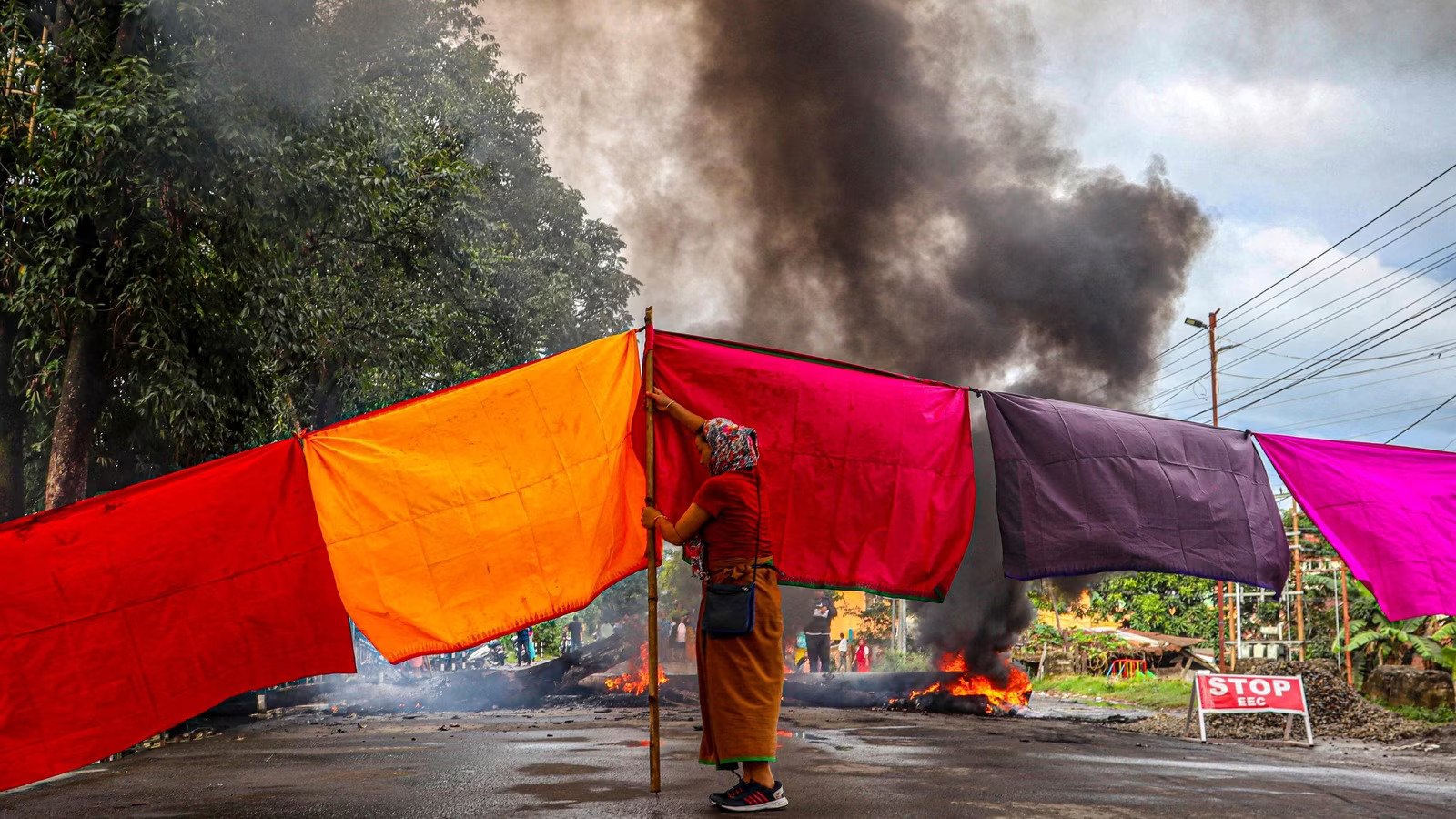It is exhausting to periodically list the “discriminations.” Another fatality. Still another disgrace. A child who was born a Muslim was spanked. a sign urging residents to leave a slum because of their religious beliefs. What’s frightening is that if you strike three more kids for the same offense, the media reports will start to fade. The audience will start to become “bored.” The status quo will prevail. Blindness will prevail.
The Karnataka hijab “controversy” is one example of breaking news that has long since been forgotten. Since I feel it is my responsibility to repeat it, I do so in a line, but I don’t want to go beyond that because doing so would tire out the readers.
So let’s get started: In Karnataka, adolescent females who wore the hijab as an additional piece of clothing were denied admission to a government college. The limitation was contested. The case was heard by the state’s high court’s entire bench after beginning with a single judge.
Why are uniforms so diverse? Why are religious symbols permitted in classrooms? was questioned by the judge. The case was heard by the sentinel on the qui vive, or highest court in the country, as it is also known. After eleven days of fervent debate, a split decision was reached. After almost a year since the ruling, the matter is waiting for its listing. The government order (GO) that solidified the debate remains in effect even after the state administration changes. The Muslim girls’ suffering in Karnataka is still going on.
Rewind to this year in another Indian state, this time a private minority institution, and the uniform and hijab controversy is still present. The court order is much different, which is fascinating but not surprising. The court decision documents the prosecution’s account of how a private minority school in Damoh, Madhya Pradesh, requires girls to wear shalwar-qameez and hijabs and forbids non-Muslim students from donning tilaks and tying kalawa. It is required to take Urdu in school.
Non-Muslim pupils’ parents refuted allegations that their kids were being forced to wear religious insignia. Whatever the case, the news quickly went viral. The initial investigation exonerated the school of charges that it had forced Hindu students to wear the hijab. The state’s minister of home issued an order for a new investigation. The private school’s license was swiftly suspended by the state authorities.
Any institution following in the footsteps of the Damoh school should not be permitted to operate, the state’s chief minister officially warned. Additionally, the chief minister voiced his opposition to the “teaching poetry of a man who talked about the division of the country” (Dr. Muhammad Iqbal, the author of Lab pe aati hai dua and Sare Jahan se Acha). A first information report (FIR) was filed under Indian Penal Code (IPC) Sections 295A, 506, and 120B. The Juvenile Justice Act and the Madhya Pradesh Freedom of Religion Act, 2021, both have provisions that claim that Hindu students were compelled to convert. Along with the principal, three others were detained.
In classic ‘new India’ fashion, portions of the school, the sole English-medium institution in the region serving over 1,200 children from low socioeconomic backgrounds, were also destroyed. The principal and the other two arrested individuals applied for bail to the Madhya Pradesh high court last month. The high court granted bail but set tight limitations that the applicants must adhere to.
The applicants were instructed by the MP High Court not to forbid non-Muslim pupils from “wearing the essentials of their own religion as such, such as wearing a sacred thread (kalawa) and putting tilak on the forehead.” The court noted the state’s contention that non-Muslim students cannot be forced to learn Urdu and further ordered the applicants to only impart “modern education” and not force non-Muslim pupils to read or study any language that has not been prescribed by the state’s education board.
There are a number of reasons why the high court’s decision to accept this submission can be criticized, one of which is the fact that Urdu is in fact a recognized language under the Board of Secondary Education (Madhya Pradesh) Regulations, 1965. Last but not least, the applicants were given explicit instructions that “girl students of other religions, i.e., Hindu, Jain, etc., shall not be compelled to wear a head scarf (Hijaab) anywhere in the school premises or in the classrooms.”
The government order (GO) dated February 5, 2022, affirmed by the court, states that where the uniform in question is that of a private school, the uniform should be decided upon by the school management in the hijab matter before the Karnataka high court. The Supreme Court adopted this interpretation of the GO in its ruling, with Justice Gupta supporting it and Justice Dhulia striking it down.
There is one more case from Kerala that ought to be mentioned here. When Muslim females complained in 2018 that they couldn’t wear a hijab in a school where most of the students were Christians, the Kerala high court ruled that the “community rights of a minority institution override the individual rights of students.” In the hijab case, the Karnataka high court noted agreement with the Kerala high court’s ruling, although it differed from it on the facts. It is important to note that the Damoh School is a private institution serving a minority population and that the school administration sets the uniform requirements.
Young Muslim women and the Muslim community as a whole protested strongly against the hijab ban in Karnataka in the latter half of 2021 and 2022. Muslim women experienced a significant dropout rate from government institutions and pre-university colleges in the state of Karnataka because the state government and judiciary supported the prohibition. Others disappeared off the face of educational statistics, while those who could afford it chose to continue their education in private institutions.
One of the justifications for such a prohibition, the notion of uniformity, was still up for debate. Religious symbols are not allowed in educational institutions. Even several of our liberal allies agreed with this justification. This very “reasoning” is invalid in the instance of Damoh. The series of occurrences, the use of every legal and extralegal means to establish precedent against the Damoh school, and the following conditions imposed through the bail order only serve to support the claims made by people who have been the direct targets of this identity attack for a long time.
A ‘Hindu’ should not be barred from donning a kalawa or applying a tilak, notwithstanding all the differences between the accounts from Madhya Pradesh and Karnataka. You can’t tell a “Hindu” what to wear. “Our people” are not the ones we want it for. Nobody may forbid us from practicing “our faith” in “our country.” the abhorrence of a language that is thought to be Muslim. That’s the way it is. It has always been like this. The Damoh tale is indigenous to India. It is yet another example of something blatant that the marginalized population has long known. To miss the obvious is either a sign of our blindness or our cowardice.
